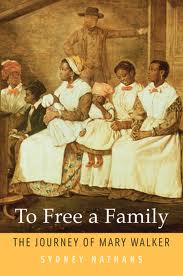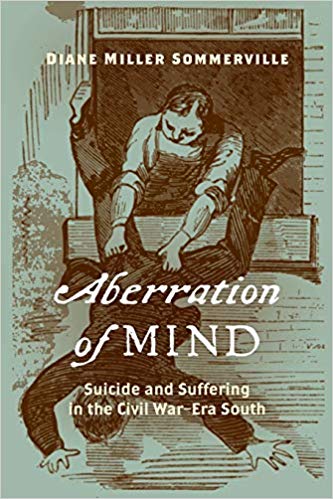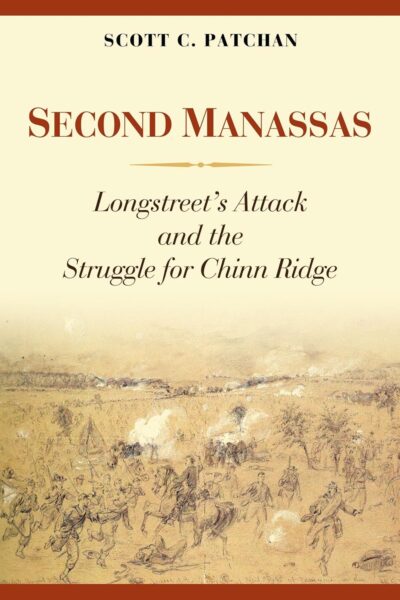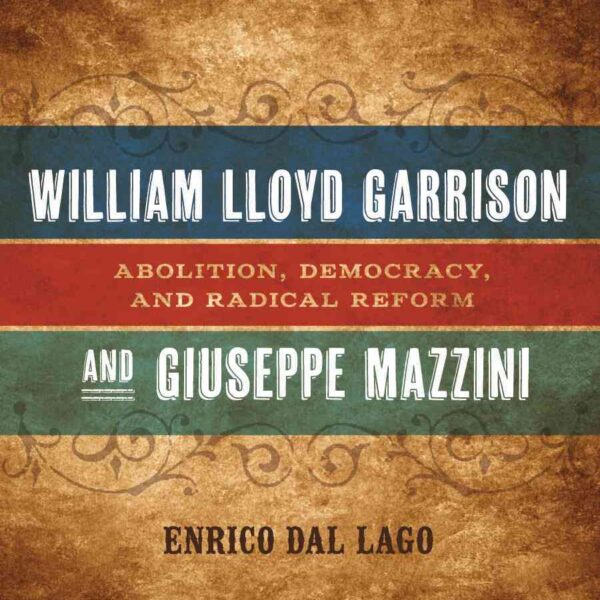To Free a Family: The Journey of Mary Walker by Sydney Nathans. Harvard University Press, 2012. Cloth, ISBN: 0674725948. $29.95.
 In the decades before the Civil War, hundreds of slaves ran north to freedom every year. Putting a foot over the Mason-Dixon Line did not guarantee freedom, of course, but most that did lived as free persons, however insecurely. We know almost nothing about most of these fugitives’ journeys and lives. But with Sydney Nathan’s remarkable To Free a Family: The Journey of Mary Walker, we have a fine-grained story of one woman’s escape, her new life in New England, and her unending efforts to recover the family she left behind.
In the decades before the Civil War, hundreds of slaves ran north to freedom every year. Putting a foot over the Mason-Dixon Line did not guarantee freedom, of course, but most that did lived as free persons, however insecurely. We know almost nothing about most of these fugitives’ journeys and lives. But with Sydney Nathan’s remarkable To Free a Family: The Journey of Mary Walker, we have a fine-grained story of one woman’s escape, her new life in New England, and her unending efforts to recover the family she left behind.
Born in 1818, Mary Walker, “a slender light coloured woman with dark straight hair and lightest eyes inclining to blue” (9), was the slave of Duncan Cameron, one of the richest planters in North Carolina. Educated and refined, Mary became the personal servant of Cameron’s daughters, one of whom regularly visited a doctor in Philadelphia for her consumption. On one of these trips, Mary committed the sin of impudence and learned that as punishment Cameron planned to send her to his plantation in Alabama. Faced with the choice of being separated from her family and remaining a slave or separated from her family and living as a free woman, in August 1848 Mary slipped away into the free black community of Philadelphia. Seeking more security, she quickly made her way to Boston, where her life became intertwined with sympathetic whites and blacks who became her friends and protectors. The list is a who’s who of anti-slavery and abolition: William Still, Ellis Gray and Louisa Loring, Robert Gould Shaw, Harriet Jacobs, James McKim, Lewis Hayden, Ralph Waldo Emerson, Wendell Phillips, Lydia Maria Child, Harriet Beecher Stowe, Frederick Douglass, Henry James, Henry Wadsworth Longfellow, Chauncey Wright, Laura Towne, Charlotte Forten, General O. O. Howard, and most especially Peter and Susan Lesley, a young couple who took Mary into their home and provided employment and sanctuary for twelve years. Only three letters survive from Mary herself, but her friends were scribblers, and their letters, diaries, and journals provide the rich evidentiary base that Nathan mines so effectively.
Mary Walker made her living as a skilled seamstress, caregiver, and companion for aging members of white families. But every step of her new life was shadowed by memories of her mother and three children, ages four to sixteen when she left, with whom she could not correspond lest the slave-catchers trace her and hunt her down. Several times Mary sought, with the help of northern friends who acted as intermediaries, to buy her family out of bondage, but nothing came of the efforts. Growing more desperate, she hired an agent to go to North Carolina to orchestrate her family’s escape. Disappointment followed disappointment, however, and in time her health suffered. One white friend observed: “. . . her heart is slowly breaking. She thinks of nothing else but her children. . .” (159). In 1855, her baptism in the Old Cambridge Baptist Church brought some relief from her troubles.
The outbreak of the Civil War increased both Mary’s anxiety and hope. She followed the progress of Union troops and cheered when the war for union also became a war for black freedom. In 1864 she took advantage of an extraordinary opportunity to join the band of northern reformers who sailed for the Sea Islands to participate in the uplift of ex-slaves. The experiment quickly soured, but shortly after she returned home, she learned that Union troops occupying North Carolina had found Agnes Walker and Bryant Walker, now both in their twenties. Mary’s mother had died and her oldest son Frank had escaped to New Jersey years before. Within three months, Agnes and Bryant arrived in Cambridge. Mary Walker had lived to see the reunion of her family seventeen years after her escape had shattered it. Their lives together were not all that Mary had dreamed of, but at least they were together for seven years before Mary’s death in 1872.
This is an exceedingly well-told tale. Nathans braids hundreds of disparate strands of evidence into an eloquent narrative. Through Mary Walker’s story, we can imagine the tortured lives of many other fugitives whose personal freedom came at the price of family disruption.
James L. Roark is the Samuel Candler Dobbs Professor of History at Emory University.




